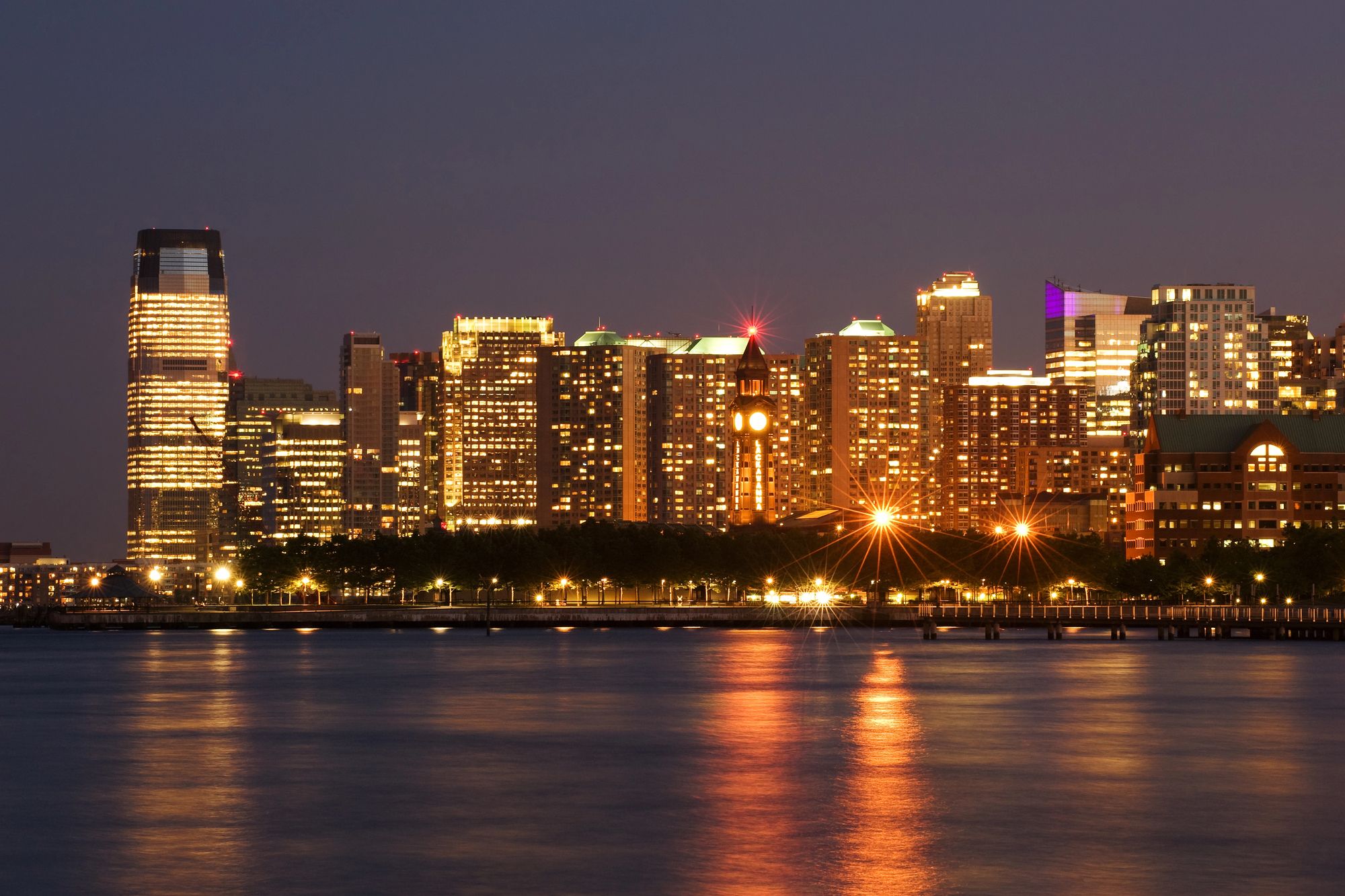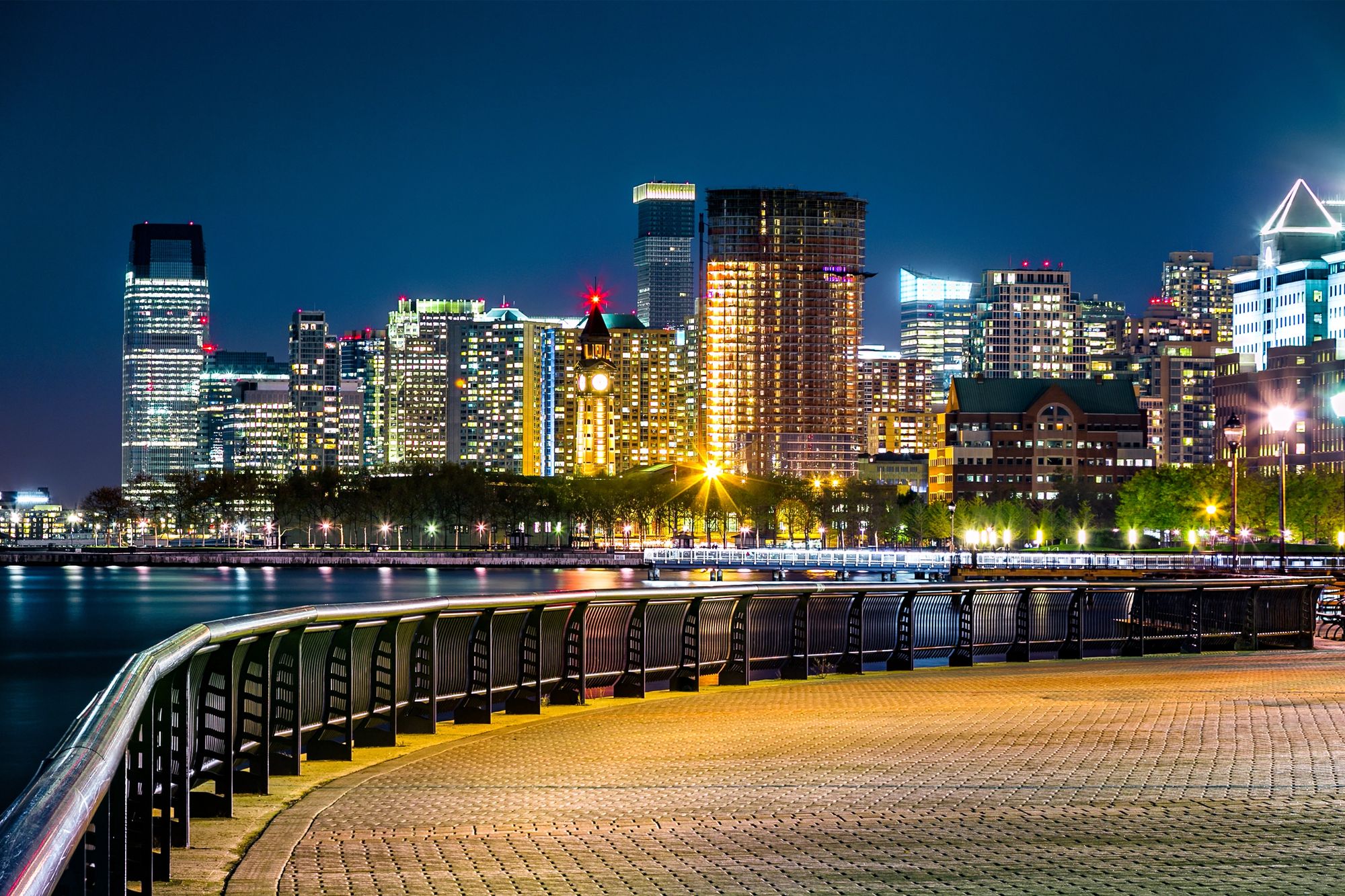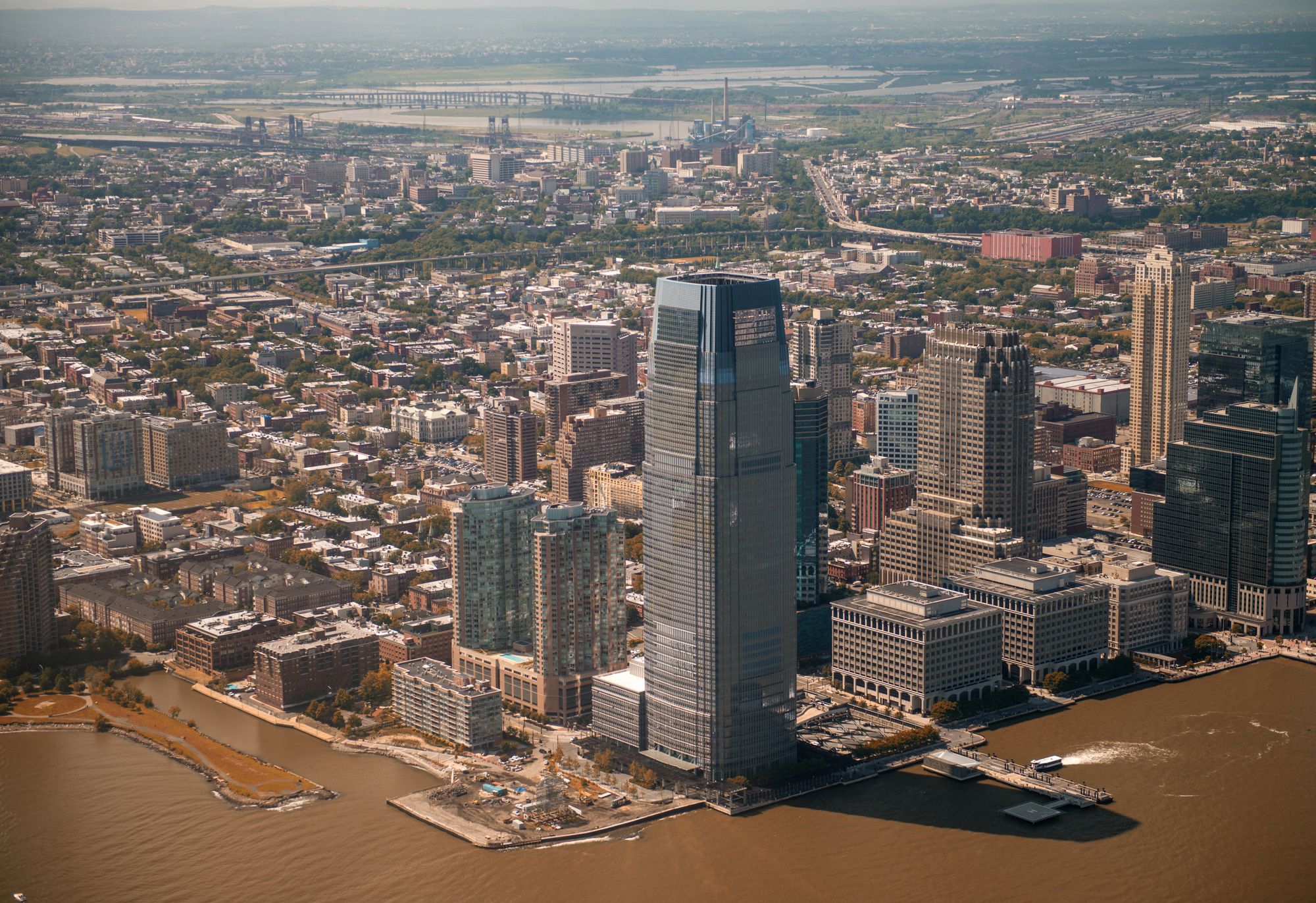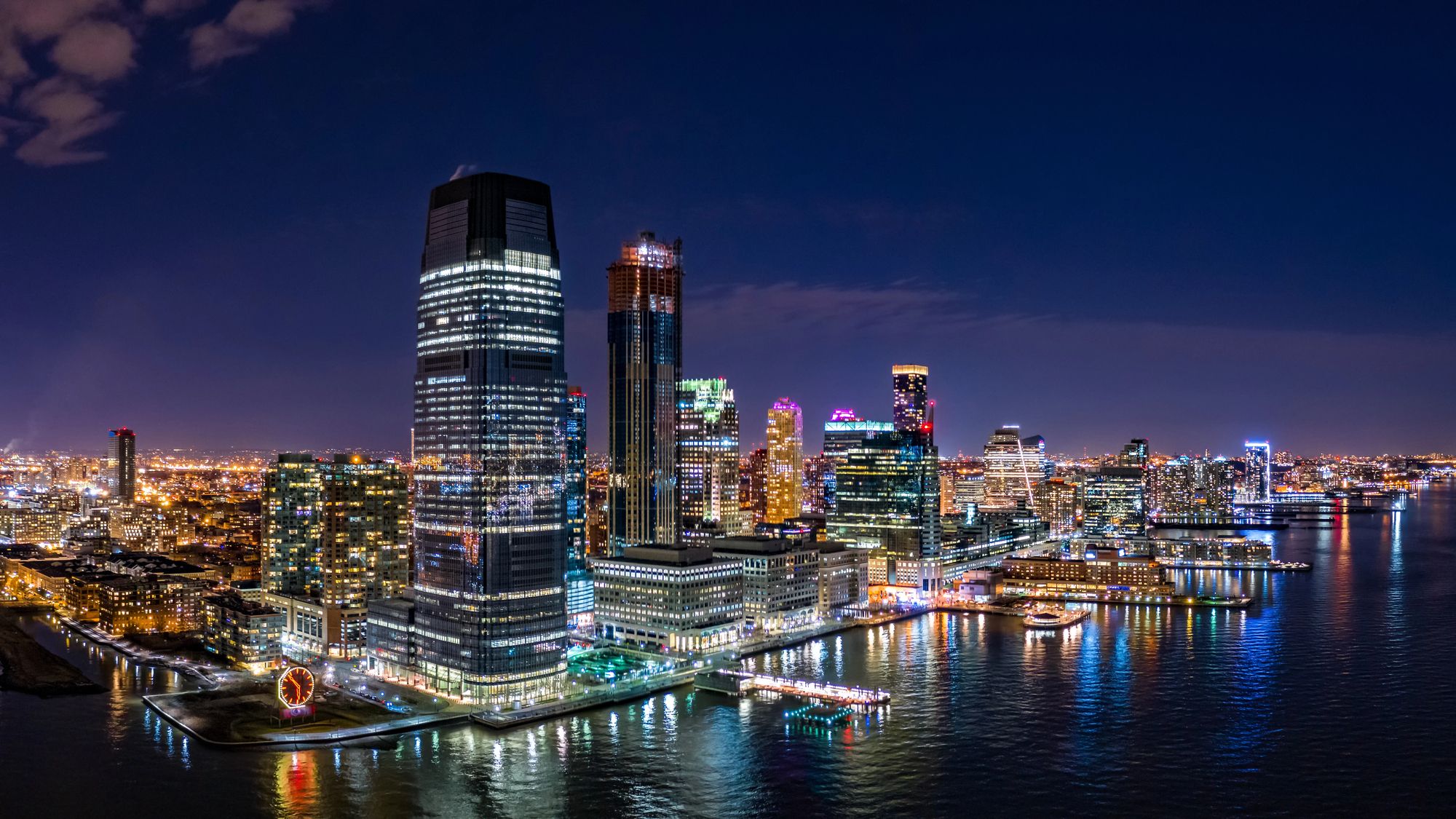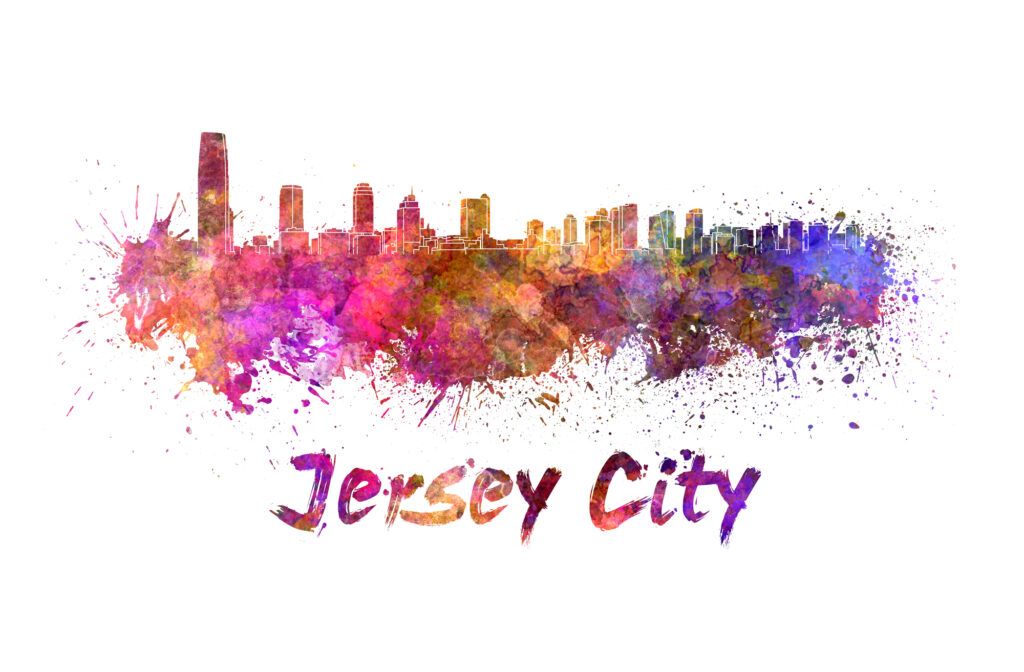# Gentrification Without Jobs: How Three NJ Cities Are Transforming
A groundbreaking new study from Rutgers University-Newark reveals that gentrification is reshaping three major New Jersey cities—Newark, Paterson, and Jersey City. The research conducted by Rutgers Law School’s Center on Law, Inequality & Metropolitan Equity (CLiME) highlights how rising property values and demographic shifts are transforming these urban centers, with each city following its own unique trajectory while sharing common challenges of affordability and displacement.
Easy booking across hundreds of accommodations from luxury high-rises to unearthed brownstone treasures.
Browse Accommodations Now
The Three Faces of Urban Change
The CLiME study presents a nuanced picture of urban transformation across northern New Jersey’s largest cities. Each municipality demonstrates a distinct pattern of development that challenges traditional understanding of gentrification.
Jersey City: The Fully Gentrified “Bedroom City”
According to researchers, Jersey City stands out as fully gentrified, functioning primarily as a residential hub for well-educated, affluent professionals. Many newcomers commute to New York City for work rather than finding employment locally.
The city has developed a notably international character with substantial immigration, particularly from Asian countries. This transformation has dramatically reshaped city districts, creating upscale neighborhoods with high-end amenities but increasingly unaffordable housing for long-term residents.
The demographic shift has been significant, with thousands of Black residents leaving over the past decade as property values climb.
Find available hotels and vacation homes instantly. No fees, best rates guaranteed!
Check Availability Now
Newark: The City in Transition
Newark exemplifies what researchers term “jobless gentrification”—a phenomenon where expensive housing developments and renovations drive up costs without creating corresponding employment opportunities. Most newcomers arrive from neighboring communities or as immigrants from the Caribbean, South America, and West Africa.
While Newark’s Black population has grown numerically, this is largely attributed to international migration rather than retention of African American residents. Many of whom have departed as costs rise.
Paterson: The “Migrant Metro”
Paterson follows yet another path, characterized by sharply increasing real estate values without the trendy commercial development typically associated with gentrification. The city maintains a predominantly Latino population with a growing Arab American community, earning it the designation of “Migrant Metro” in the report.
Challenging Traditional Narratives
The CLiME study challenges conventional wisdom about urban migration patterns. Contrary to the assumption that people primarily relocate for employment, researchers found that immigration and community connections now serve as more powerful drivers of urban settlement.
This insight helps explain the paradox of rising housing costs despite limited job creation in all three cities.
The Jersey City Experience
For visitors considering where to stay in Jersey City, the gentrification pattern has produced a range of upscale accommodations.
Luxury Jersey City hotels now dot the waterfront and downtown areas, catering to tourists and business travelers alike.
Despite affordability challenges for residents, the city offers numerous things to do in Jersey City.
Waterfront parks with Manhattan views and diverse dining options reflect its international population.
For those interested in experiencing this transformed urban landscape, getting to Jersey City is straightforward via the PATH train.
NY Waterway ferry and major highways also connect to Manhattan and Newark.
Find the perfect hotel or vacation rental. Instant booking, no fees!
View Top Stays
Here is the source article for this story: Rutgers-Newark study says gentrification in 3 N.J. cities lacks job creation

